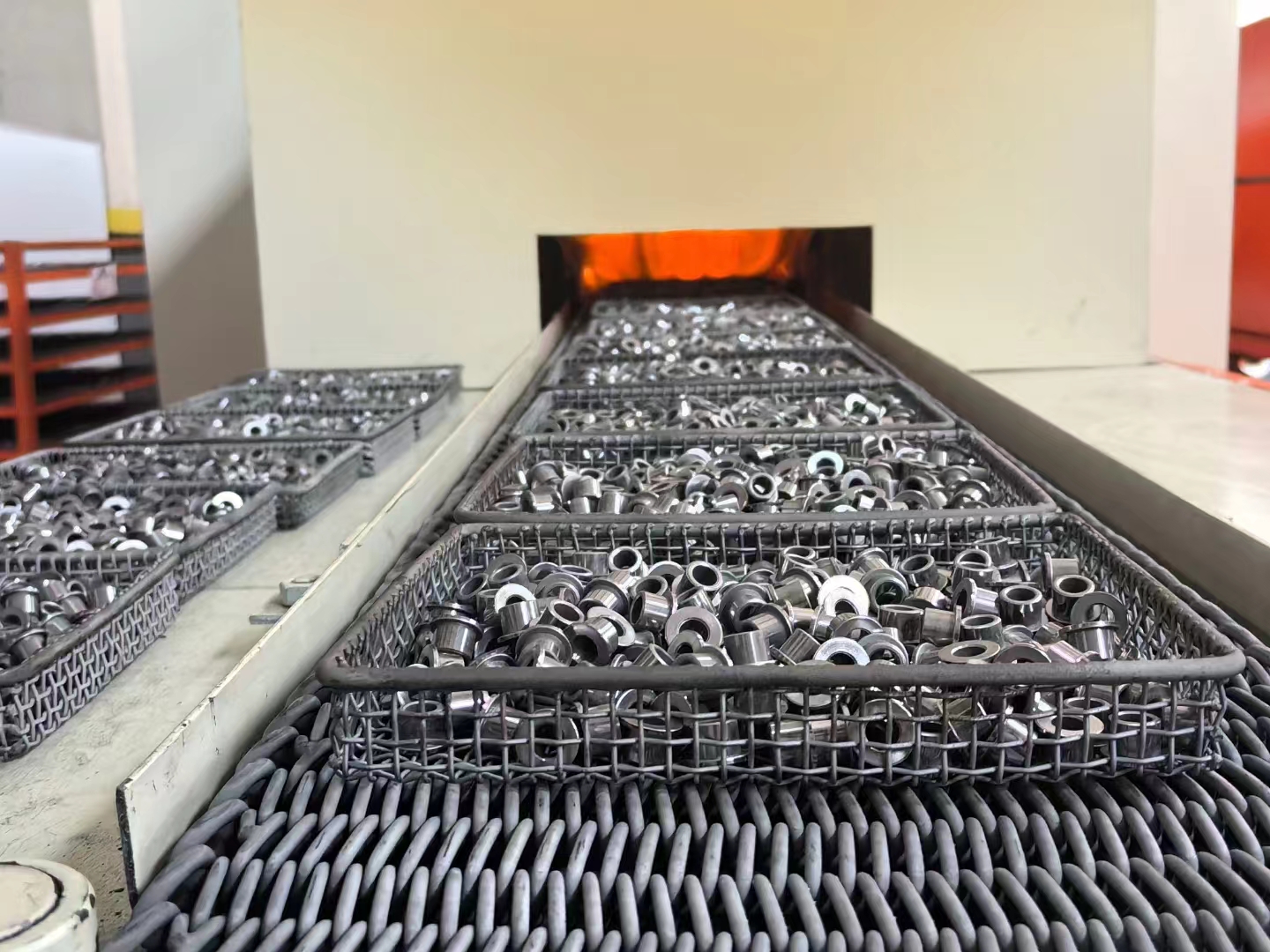Does an aluminum block require sintering heat treatment
Sep. 20, 2025
Whether an aluminum block requires sintering heat treatment depends on its specific application scenario, material state (e.g., whether it is a powder metallurgy product), and the required performance characteristics. Here is a detailed analysis:
Definition and Purpose of Sintering Heat Treatment
Sintering heat treatment typically refers to the process of heating powder or granular materials at high temperatures to enable the particles to bond into a dense body through diffusion, melting, or chemical reactions. Its core objectives are:
Eliminating pores: Increasing material density and reducing internal defects.
Improving mechanical properties: Such as strength, hardness, and wear resistance.
Optimizing microstructure: Adjusting grain size, phase composition, etc.
Does an Aluminum Block Require Sintering Heat Treatment
Scenario 1: Traditional Cast or Forged Aluminum Blocks
No sintering required: Cast or forged aluminum blocks are typically dense metal blocks, with their internal structures already formed through melting and solidification or plastic deformation, eliminating the need for sintering to remove pores.
Possible heat treatments: If performance improvements (e.g., increased strength, hardness, or elimination of internal stresses) are required, solution treatment + aging treatment (e.g., T6 treatment for 6061 aluminum alloy) may be employed instead of sintering.
Scenario 2: Powder Metallurgy Aluminum Products
Sintering required: If the aluminum block is manufactured through powder metallurgy processes (e.g., pressing + sintering), it must undergo sintering heat treatment to:
Bond the powder particles into a cohesive whole.
Eliminate pores generated during pressing, enhancing density and strength.
For example, aluminum-based powder metallurgy components (e.g., gears, bearings) typically require sintering at 500-600℃ and may undergo subsequent heat treatments to optimize performance.
Scenario 3: Special Application Scenarios
Porous aluminum materials: If the pore structure needs to be retained (e.g., for filter materials or catalyst carriers), complete densification through sintering is unnecessary, but sintering conditions may need to be controlled to adjust porosity.
Aluminum-based composites: If reinforcing phases (e.g., silicon carbide particles) are added to the aluminum block, sintering may be used to promote interfacial bonding, but specific process designs must be considered.
Challenges in Sintering Aluminum Blocks
Oxidation issues: Aluminum is prone to oxidation at high temperatures and requires sintering in a protective atmosphere (e.g., nitrogen, argon) or a vacuum environment.
Low melting point: Aluminum has a relatively low melting point (660℃), necessitating strict control of sintering temperatures to avoid melting or excessive softening.
Densification difficulties: Aluminum has a low diffusion coefficient, and complete densification may require high-pressure assistance (e.g., hot isostatic pressing).
Alternative Solutions
If the goal is to improve the performance of aluminum blocks, the following heat treatment processes (non-sintering) can be considered:
Solution treatment: Dissolving alloying elements into the aluminum matrix to increase strength.
Aging treatment: Forming strengthening phases through low-temperature heat preservation to precipitate solute atoms.
Annealing: Eliminating work hardening and improving plasticity.
Conclusion
Ordinary aluminum blocks (cast/forged): Typically do not require sintering heat treatment and can optimize performance through other heat treatment processes.
Powder metallurgy aluminum products: Must be sintered to achieve densification.
Special requirements: Flexibly choose sintering or alternative processes based on porosity, interfacial bonding, and other r










